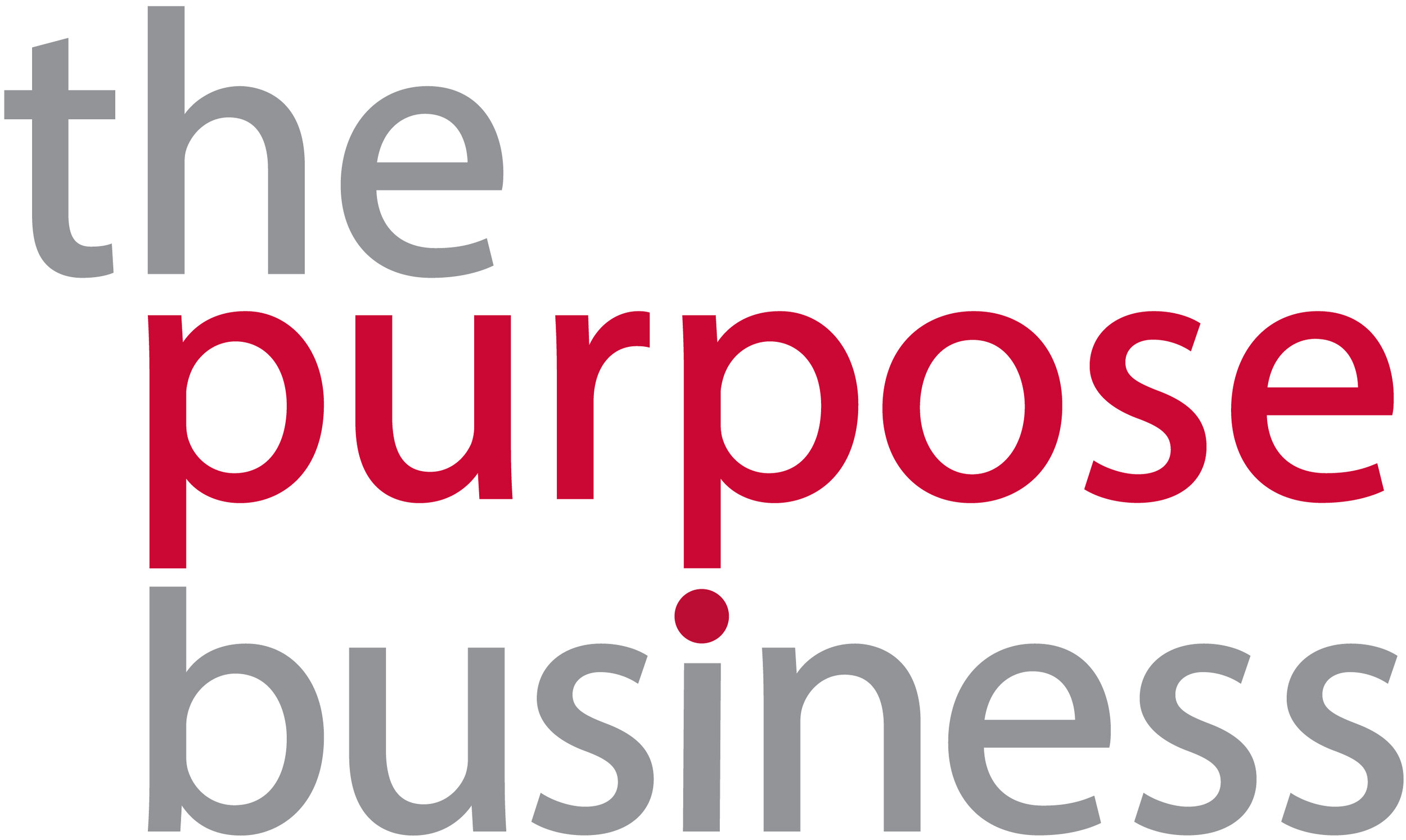Beyond the purpose poster
Purpose is a hot must-have for businesses right now.
Every CEO is compelled to read about it.
World Economic Forum leaders talk about it.
Start-up investment is differentiated by it.
A purpose statement now seems to be a requirement by millennials joining the workforce, and not living up to it is a threat for overall staff retention.
Assuming your business does write a purpose statement and it is cascaded to employees at all levels, what’s next?
I’ve been asked – how does purpose affect succession planning? Does purpose change when the CEO changes? How do I communicate purpose to suppliers, or do I have to?
These are all valid questions; because at the end of the day, what good is purpose if it is not activated? Won’t it just be another framed mantra if it does not translate to operational terms? If a company has “creating moments of bliss” as its purpose statement, but has a habit of such long corporate meetings that by the time you get to ‘doing work’ it’s 6pm, how does that create a moment of bliss for staff?
Moving purpose from the “why” to the “how”
There needs to move from the big inspiring workshop defining the why and generating a purpose statement – to a discussion of how it may be lived out through practical terms. Perhaps these three operational P’s can offer a way forward:
People – the people in your organisation are how your customers see your purpose every day, so it makes sense that employee policies can activate your company’s purpose. It could be evolving an erstwhile once a year performance review to something like Facebook’s approach to getting colleagues to review each other, to get a sense of how someone works in a team. The process is reciprocal, where team members review managers, and managers are encouraged to share any feedback they receive from senior leaders about themselves with their own team.
It could also be health and safety policies that extend not only to the employees but also to individuals workers in contracted agencies. This is often though as “beyond our business” but personnel is a key part of supply chains and for companies who want to ensure they extend their company ethos to all they work with, this is true social responsibility. At Li and Fung, a global logistics and apparel company based in Hong Kong, health and safety training videos have been translated to over a dozen languages, including dialects of Southeast Asia, to ensure that every person who sews a button is protected by the same occupational health and safety standard.
Process – purpose may often seem “too soft” to be applied to office processes. However, going back to the example of “creating moments of bliss” as a purpose statement, if this company takes 10 physical signatures on a routed printed purchased order document to approve the request for a policy to digitise HR documents (oh, the irony) , then there sure is no bliss in that!
A company’s purpose should drive practical steps to operational efficiency, without of course compromising quality.
Product – At the end of the day, a purposeful company will engage customers – and this often comes in the form of products and services. Marks and Spencer’s “Plan A” for sustainable business may be relatively newly known in Asia, but we certainly see more “good for you” products packed in recyclable boxes in M&S food aisles. Vitasoy, an iconic Hong Kong brand selling plant based food and beverages has had a very clear purpose since it went into business in the 1940s: promoting consumer well-being through the provision of high quality nutritious foods and beverages. Its products promote a triumvirate of taste, nutrition and sustainability which fans know all too well come in a form of malt soy milk.
So, the next time someone asks you what your company’s purpose is, don’t recite the poster line. Show them how it’s real – through people, process and product.










